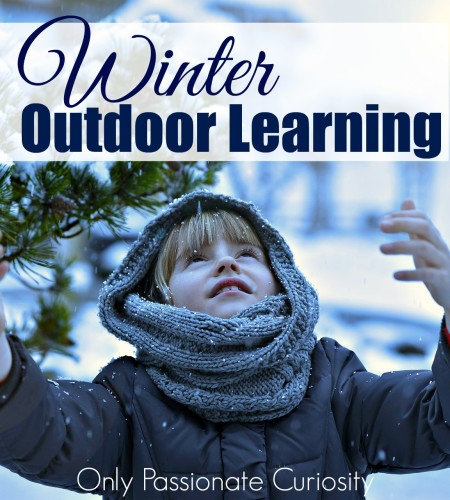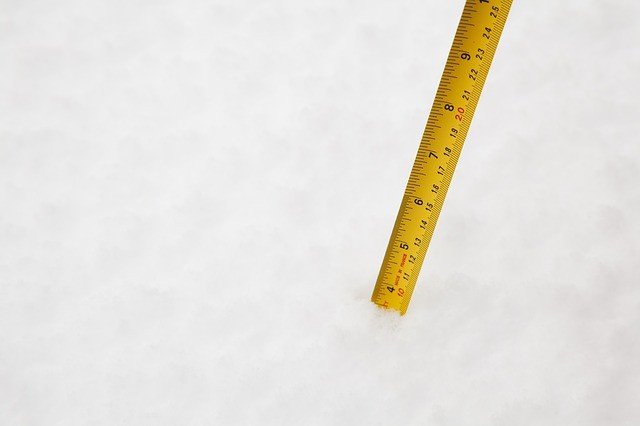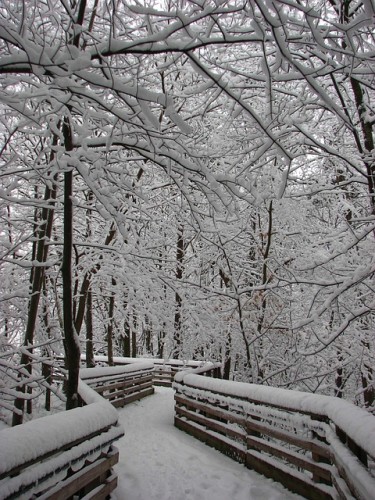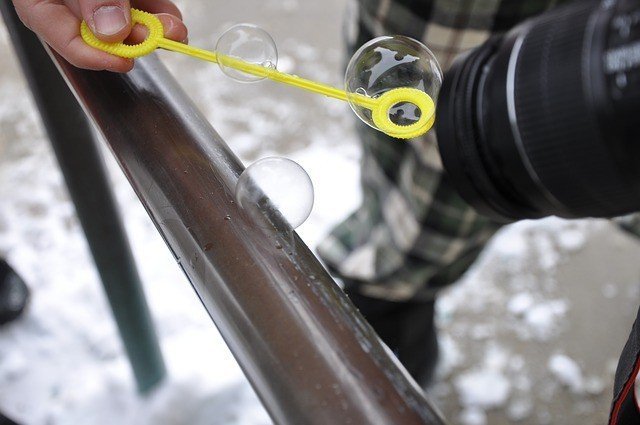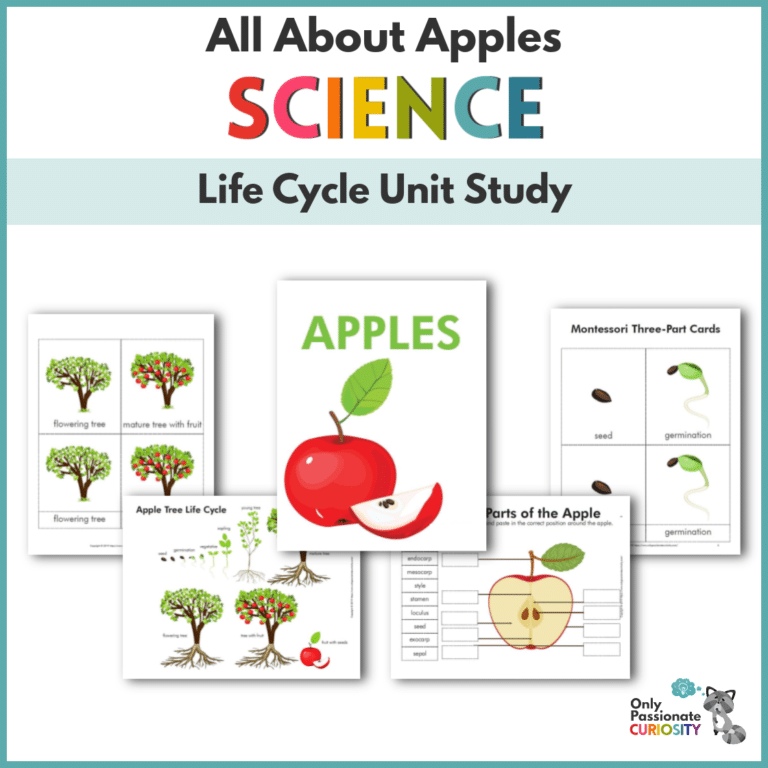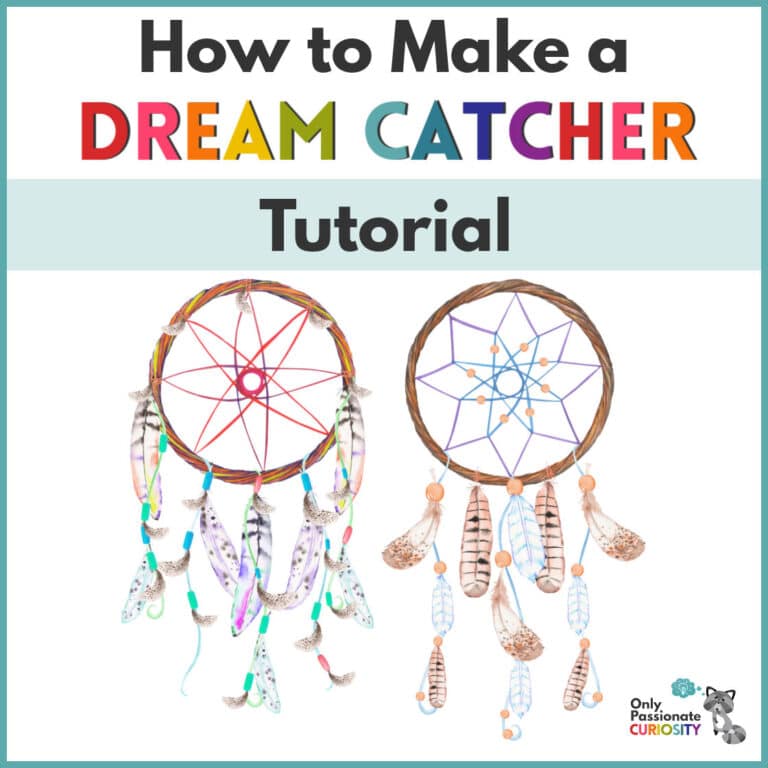Who Says You Can’t Learn Outdoors in Winter?
It’s winter, and it’s pretty cold in most of the northern hemisphere. The snow, rain, sleet, and slush are all over the ground. It might seem like you and the kids are trapped in the house all day, every day.
Not so! There are tons of awesome opportunities to get outside and learn, plus you can burn off those holiday calories and get out the winter wiggles.
Weather Station
The weather is all about math, and winter is a great time to track the day to day changes in precipitation, cloud cover, and temperature. The National Oceanic and Atmospheric Administration (NOAA) has a really cool step by step guide to setting up an at-home weather station. All of the tools are easy to make or buy, and a few of them can be crafted with materials you already have at home.
As you use your new weather station, be sure to chart it! Use a spreadsheet on the computer or hang one in a central location. Each day record any information that you are measuring.
Young students can take responsibility for basics, like clouds, season, type of precipitation, or hot/cold. Older students should be doing the actual measuring. As you collect data, you can create graphs to show the changes in weather over time. Save these for next year so you can compare!
Nature Walk
There are nature trails or parks in almost every area of the country. Since winter is colder, these outdoor spaces might be less frequented where you are. However, winter is a great time to get outside and observe nature.
As you walk outside, look for animal tracks (great resource here), fallen leaves, evergreens, and other winter plants. Talk about how the path or park has changed since fall/summer/spring. We also like to take field guides with us, you can get bird field guides and tree field guides (and use the bark as the identifying feature).
Take your nature walk up a notch and create a scavenger hunt! While not every winter scavenger hunt will work in every place (California is definitely different than Wisconsin!), a lot of the elements might be the same or can be tweaked to work for your kids or goals.
It would be really cool to revisit the same park, path, or trail in each season and discuss the differences that you notice!
Blow Some Bubbles
This outdoor classroom activity will only work for those who live in places there the temperatures dip below freezing, or for those who have a walk-in freezer.
So grab some unpoppable bubble solution, a bubble wand, and your cold weather gear.
Go outside and dip the wand into the bubble solution. Blow a bubble and watch it crystallize in front of your eyes.
Alternately, you could just dip a large pipe cleaner loop into the bubble mix and hold it up. The crystals will slowly spread across the surface of the bubble liquid.
This is a great way to talk about cause and effect, reactions, changing states of liquid, and properties of liquid. Plus, bubble you can literally shatter are way cool!
Get Artsy
For ultra yucky days filled with snow, sleet, rain, or just general nasty weather, bust out the art supplies. But connect it to winter or whatever you are currently focusing on.
Use math to create snowflakes out of paper, pipe cleaners, or doilies. This helps kids practice fine and gross motor skills (cutting, manipulating), planning (designing), spacial awareness (symmetry, size), and geometry.
Connect to literature by making Thimble Pictures, one of the early iconic scenes in Little House in the Big Woods by Laura Ingalls Wilder. If you have frosty window in the mornings (think: cars, sheds, house, etc.), grab a thimble from your sewing kit and let the kids create art work. Press the thimble against the frosty panes and twist slightly to create a circle. Make multiple circles to create pictures. If your windows aren’t frosty, never fear! Grab some paper, paint, and your thimbles. Dip the thimble into the paint, then press it against the paper.
Reflect on any of the winter learning fun above by getting artsy! On nature walks, pick up (fallen, please!) leaves or branches to take home. Use the leaves to make a collage and the branches as paint brushes. You could experiment with different types of branches to see how the painting process changes. Your kids could also paint or draw a picture reflecting on their nature walk or of their ideal winter scene. Create a multi-pane picture and draw progressive images of the weather based on data from your weather station.
Even when the weather is frightful, your homeschool experience can be delightful! By getting a little creative, your kids can connect their learning to the season and work out those wiggles.




